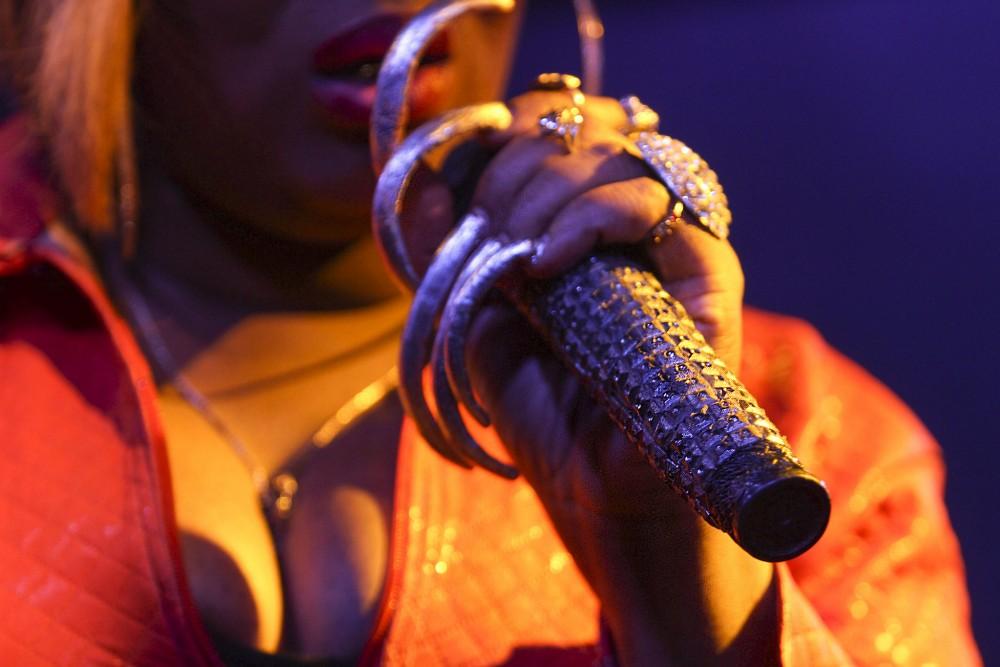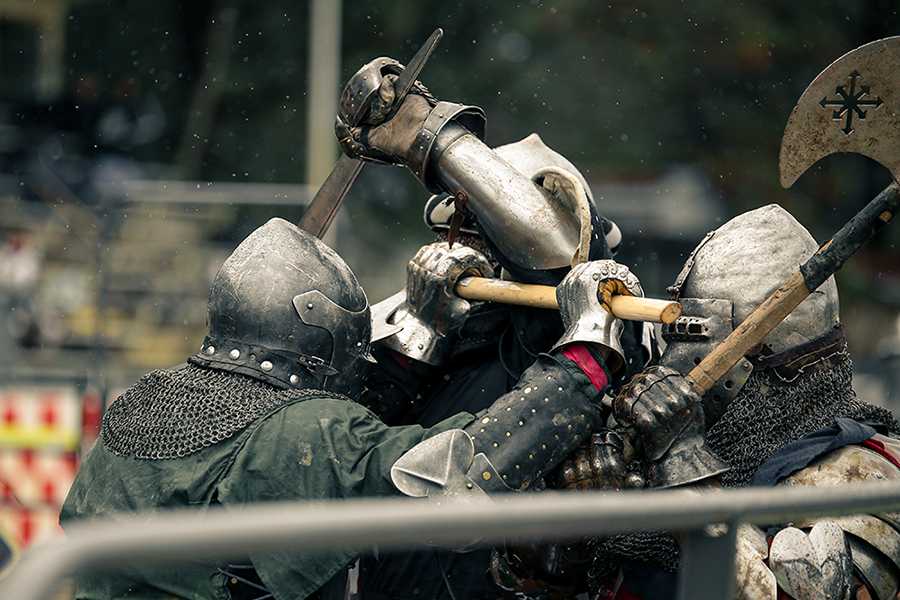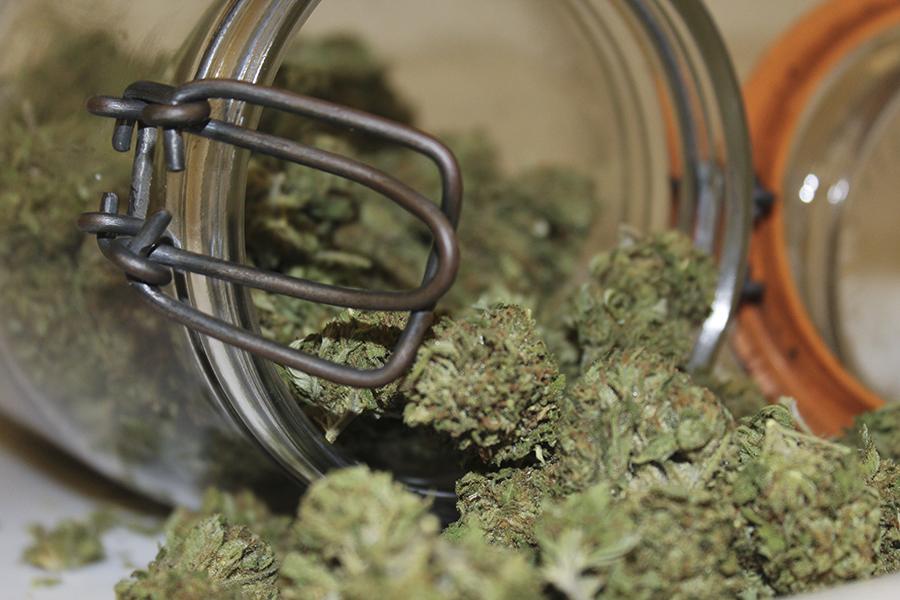According to Okusitino Sitake, a descendent of Tongan royalty living in North Highlands, this ceremony is used to celebrate the installation of royal titles or the king’s birthday, but similar familial ceremonies are performed for marriage agreements or for general celebration of life events.
The story of the origin of kava and the use of the root, it is claimed by many, started on the Tongan island of Eueiki years ago, when the the King of Tonga visited the island during a great drought.
The only people living on the island were Fevanga, his wife, Fefafa, and their daughter, Kava.
When word reached the small family that the king had arrived, Fefafa ran to the garden to gather what she could for a food offering.
But when she found the king resting under the large leaves of the only living plant from which she might prepare an offering, she was distraught. She could not ask the king to move.
Fevanga and Fefafa loved and honored their king greatly, so in order to show their respect, they killed Kava, prepared her for cooking and placed her in the umu, a traditional Tongan underground oven.
The king discovered what the couple had done and felt sad for the family. He boarded his large ship for home, leaving the umu as a grave for young Kava.
Over time, two plants grew from the dirt that covered Kava’s grave, one at her feet and one at her head.
The plant at her feet was sweet; it was a sugar cane.
The plant at her head was bitter; it was called kava.
The properties of the kava root were discovered when it was observed that a mouse which had nibbled on the plant appeared drunk, according to legend. The plant was brought to the king, who accepted it.






